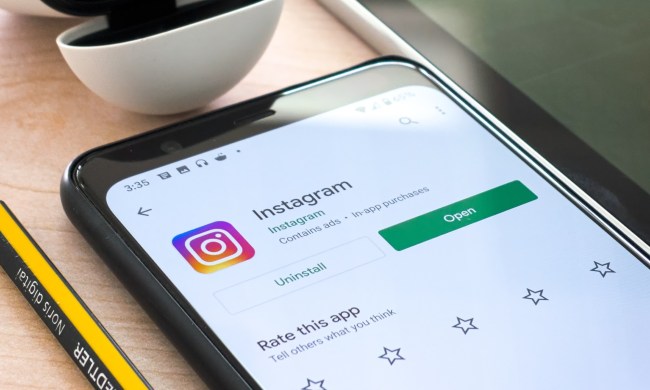
Part of the reason researchers can more easily examine and observe teenage drinking habits through Instagram is because of the willingness of young people to share their experiences with alcohol consumption publicly, even while underage. If you wanted to monitor underage drinking consumption pre-Instagram, according to the researchers, you were limited to administering surveys to teens directly. For example, Monitoring the Future, administers a survey to American students in secondary school and college, as well as young adults, specifically asking about 50,000 eighth, tenth, and twelfth graders about their personal drug and alcohol use.
The greatest challenges faced when rounding up data by traditional methods, however, is that surveys of this magnitude, while funded and supported by organizations such as the National Institute on Drug Abuse, can be expensive. Not to mention the likelihood that many of the survey participants will answer less than honestly.
However, Instagram data has its drawbacks as well. Since there currently isn’t a way to filter Instagram users by age, you have to basically guess which drinkers are underage. Jiebo Luo, profess of computer science, says the research team actually uses “computer vision techniques” that can teach computers to extract information straight from images online. This method allows them to analyze Instagram faces to come up with a fairly close guess for the person’s age, gender, and race.
Some of the findings seemed a bit obvious — for example, the Instagram research found that just like adult drinking, underage alcohol consumption occurs most on weekends, holidays, and at the end of the day. Probably more helpful was the data disclosing the alcohol brands teenagers follow, and the brands, by gender, that young people prefer. According to the researchers, this data can help identify the brands attracting teenagers on social media, and although this information could be used by marketers to further target users who are likely to follow the brand, Luo’s hope is that the data helps inform government agencies and schools and assists in designing effective interventions. The goal is also to eventually use Instagram data to address and help with other teenage issues such as teen pregnancy, stress, or depression.


